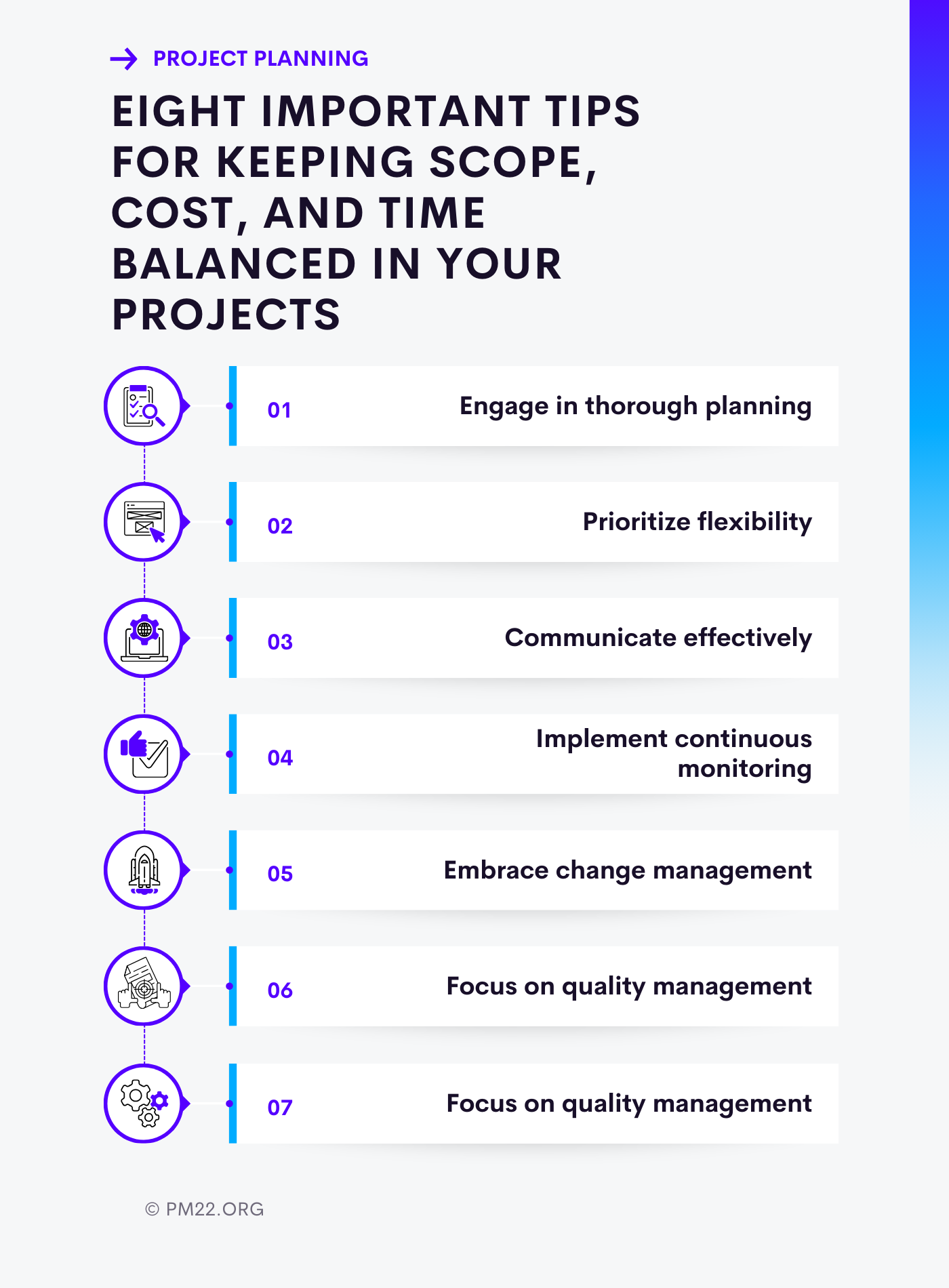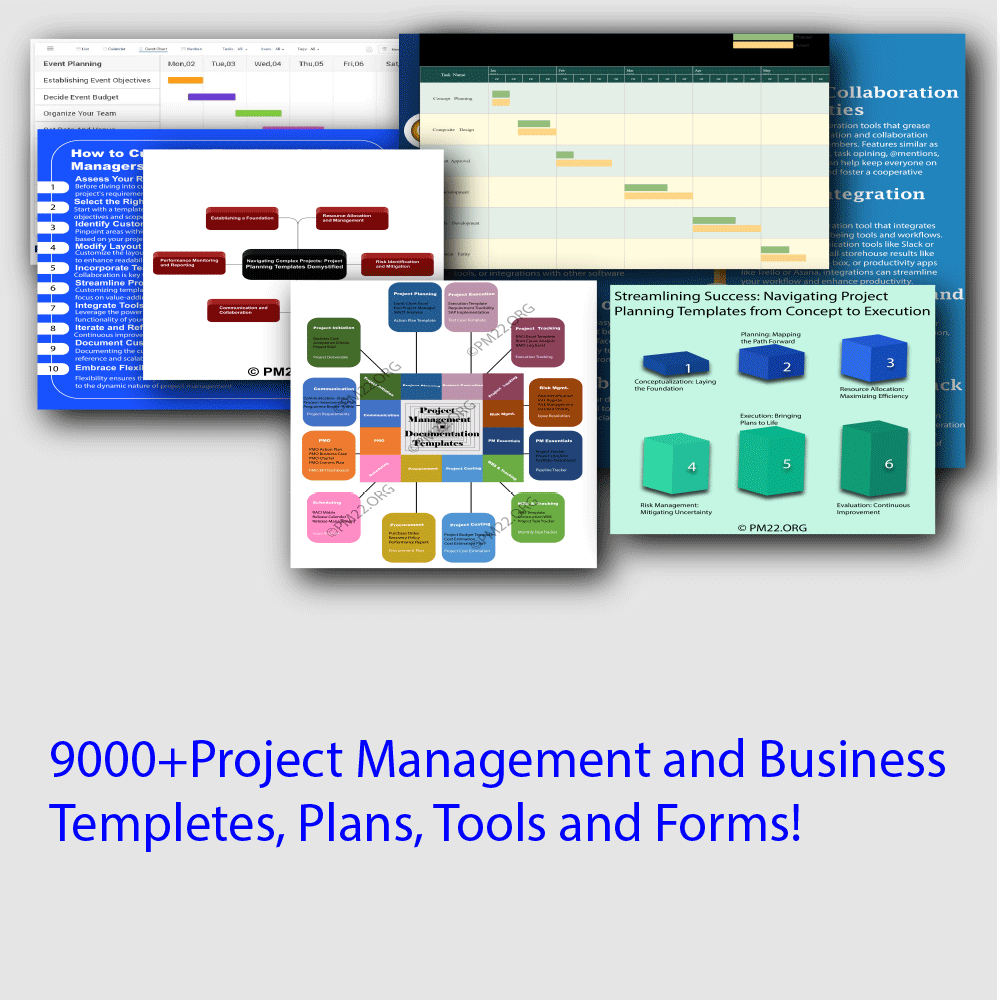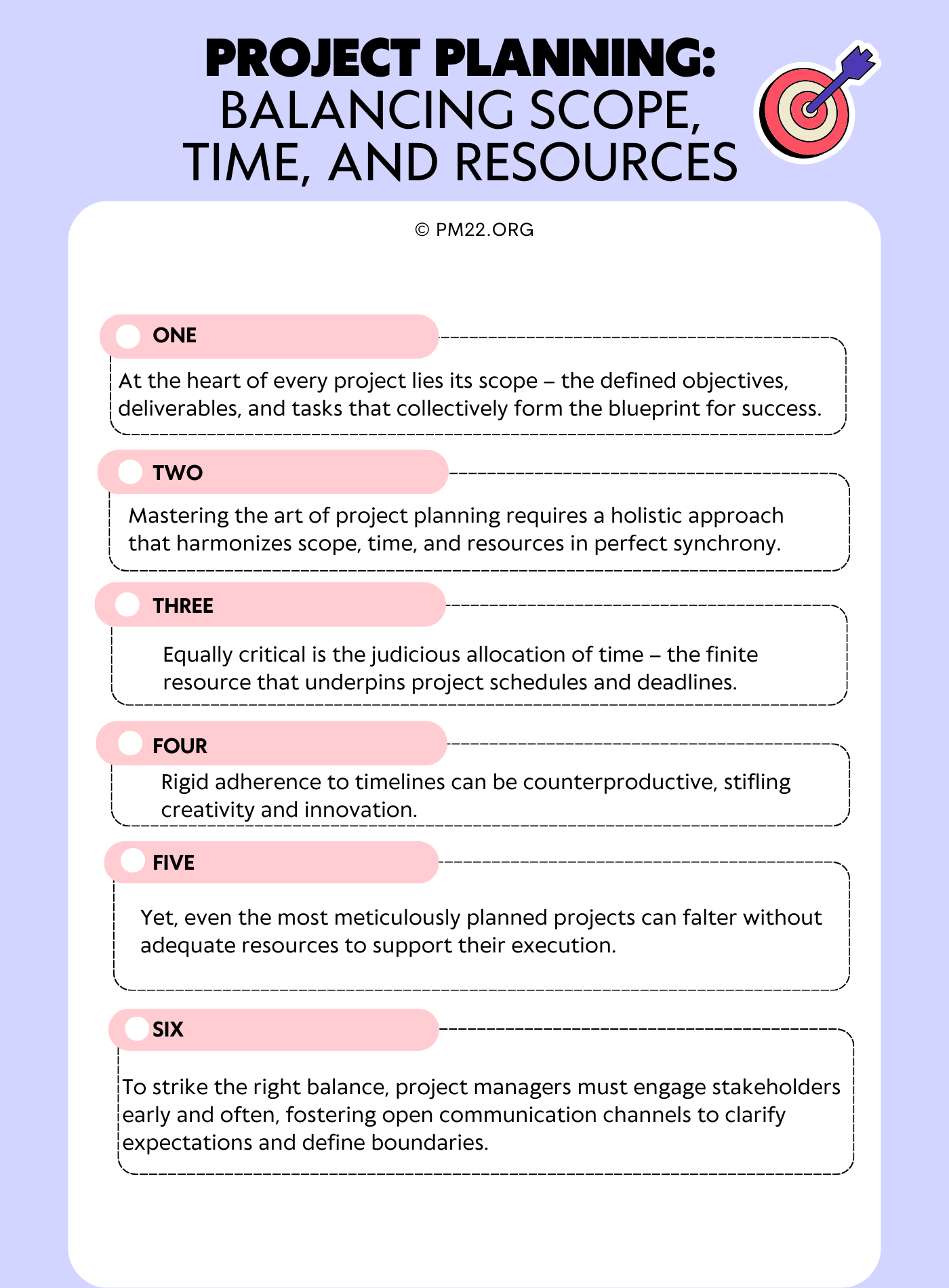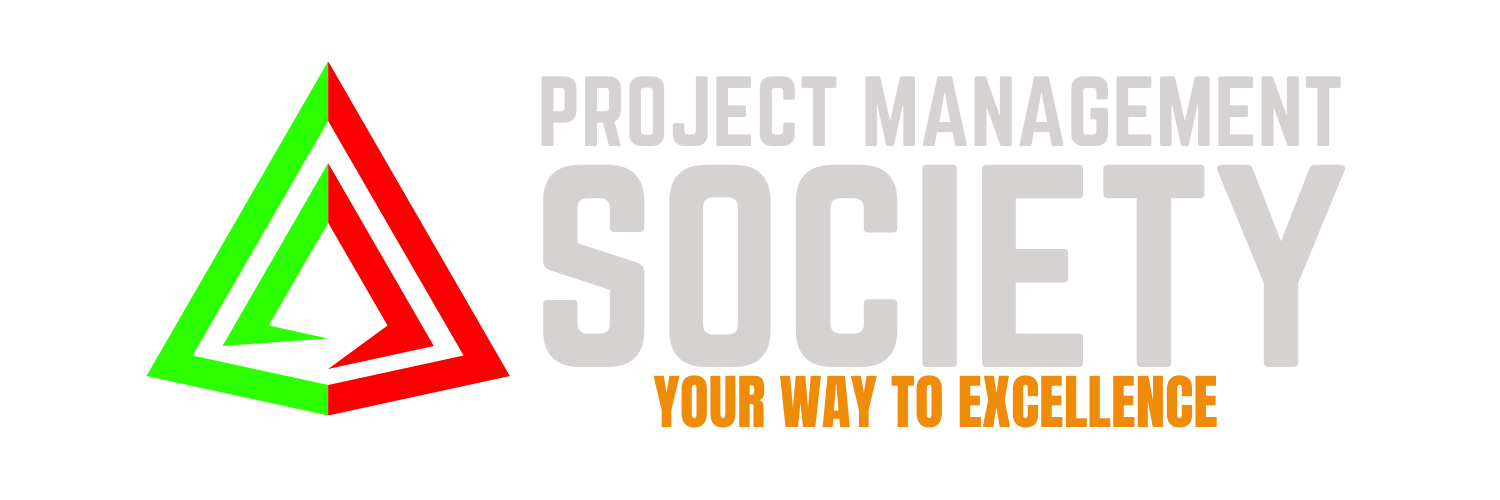 In the realm of project management, success hinges on the delicate equilibrium between three vital elements: scope, time, and resources. Like a well-choreographed dance, project planning requires meticulous attention to each of these factors to achieve the desired outcome efficiently and effectively.
In the realm of project management, success hinges on the delicate equilibrium between three vital elements: scope, time, and resources. Like a well-choreographed dance, project planning requires meticulous attention to each of these factors to achieve the desired outcome efficiently and effectively.
At the heart of every project lies its scope – the defined objectives, deliverables, and tasks that collectively form the blueprint for success. However, as any seasoned project manager will attest, managing scope is akin to walking a tightrope. On one hand, an overly ambitious scope can lead to scope creep, where additional requirements gradually sneak into the project, bloating timelines and stretching resources. On the other hand, a narrow scope risks overlooking crucial aspects of the project, compromising its overall quality and value.
To strike the right balance, project managers must engage stakeholders early and often, fostering open communication channels to clarify expectations and define boundaries. By establishing a clear scope statement and regularly revisiting it throughout the project lifecycle, teams can mitigate the risk of scope creep and ensure alignment with project objectives.
CLICK HERE TO DOWNLOAD 300+ PROJECT MANAGEMENT TEMPLATES & DOCUMENTS IN EXCEL
Equally critical is the judicious allocation of time – the finite resource that underpins project schedules and deadlines. Time management lies at the core of project planning, with every milestone and task intricately intertwined with the project timeline. Yet, in the fast-paced world of project management, time is often the scarcest commodity, subject to unforeseen delays, dependencies, and constraints.
Effective time management begins with a comprehensive project schedule, breaking down deliverables into actionable tasks and assigning realistic timeframes for their completion. By identifying critical path activities and dependencies, project managers can proactively manage risks and contingencies, safeguarding against schedule slippage.
However, rigid adherence to timelines can be counterproductive, stifling creativity and innovation. Flexibility is key, allowing teams to adapt to changing circumstances without compromising project objectives. Agile methodologies, such as Scrum and Kanban, offer dynamic frameworks for iterative development, empowering teams to deliver value incrementally while remaining responsive to evolving requirements.
Yet, even the most meticulously planned projects can falter without adequate resources to support their execution. Whether it’s human capital, financial backing, or technological infrastructure, resource management is the linchpin of project success. Balancing competing demands for resources requires a nuanced approach, prioritizing critical needs while optimizing utilization across the project lifecycle.
Resource leveling techniques, such as resource histograms and Gantt charts, enable project managers to identify resource bottlenecks and reallocate capacity where needed. Moreover, fostering a culture of collaboration and knowledge sharing empowers teams to leverage collective expertise, maximizing resource efficiency and productivity.
CLICK HERE TO DOWNLOAD 300+ PROJECT MANAGEMENT TEMPLATES & DOCUMENTS IN EXCEL
Ultimately, mastering the art of project planning requires a holistic approach that harmonizes scope, time, and resources in perfect synchrony. By embracing transparency, communication, and adaptability, project managers can navigate the complexities of project management with confidence and finesse.
In conclusion, the path to project success is paved with the careful orchestration of scope, time, and resources. By striking the right balance between these three elements, project managers can steer their teams toward victory, delivering value with precision and proficiency. As the saying goes, “Failing to plan is planning to fail” – but with a well-crafted project plan that prioritizes equilibrium, success is not just achievable, but inevitable.
